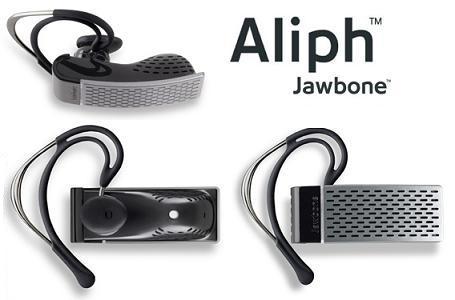MS Paint, Visua, Irfan View, Adobe Photo Deluxe and Paint Shop Pro will be mentioned here. This group has been cited because they are often found among the software available to users.
MS Paint is installed with Windows. It can be used for cropping and re-sizing, among others.
Irfan View is a free download. Irfan View is full-featured viewer/modifier/converter.
Visua can be obtained from private archives and is mainly an easy-to-operate viewer and format converter, which can be used to crop and re-size.
Adobe Photo Deluxe is often bundled with purchased peripherals like printer, scanner, or camera. It is a full-featured viewer/modifier/converter. More complete image application programs like Adobe PhotoShop LE have occasionally been sent as free software with the purchase of a peripheral.
JASCs Paint Shop Pro has many uses, and is suitable for colorizing and some types of retouching. It also is an image format converter, with the standard supported file types. It has a collection of tools that allow a user to make many types of midifications to an image. In the Colors|Adjust tool, there are six menu choices that provide dialog screens for making modifications. Among them are a gamma tool adjustment where the gamma values selected for red, green, and blue may be selected independently or together.
Altering the image content (in addition to the modifying steps shown above) can include:
Smoothing edges, reducing granularity, reducing moir patterns, adding special effects, balancing brightness from one region of the image to another, retouching, rotating the image by multiples of 90 degrees, rotating the image by a selected amount, and flipping an image horzontally or vertically.
Printing features may include:
Print preview, an image scaling and positioning feature, rotating the image by 90 degrees, presence or absence of header, footer, pre-set margins, etc.
Viewing features may include:
Manual or automatic stepping through a collection of files, viewing a cluster of files as thumbnails, reproducing sound files along with images.
Applications to add displayability to images include:
Adding captions and/or legends, adding automatic presentation features to an image collection.
Displaying animated images:
Animated GIFs are a stepped sequence of GIF images which simulate motion. Animated GIFs wont work in all viewing software. They are commonly used on web pages, as they will display properly in web browsing viewers.
A brief discussion on images which are produced in scanner formats or in image converter formats.
When working with images in scanner software or in image converter software, it is useful to remember that these are temporary image files with formats which:
Can modify the appearance of the image file that was imported. Can be used to make a print of the modified image. Usually wont be useful in this current format to share but will allow you to see what you have Must be saved or exported to a folder elsewhere on a drive which has a folder assigned to accept it, if you wish to share it or archive it. Dont alter the source image that is, not unless you save or export the file and assign the same file name and place it in the folder from which it came.
Although such scanned temporary files may be retained by some scanner software, they will only serve as your own archived images for later retrieval, and then generally for short retention periods.
